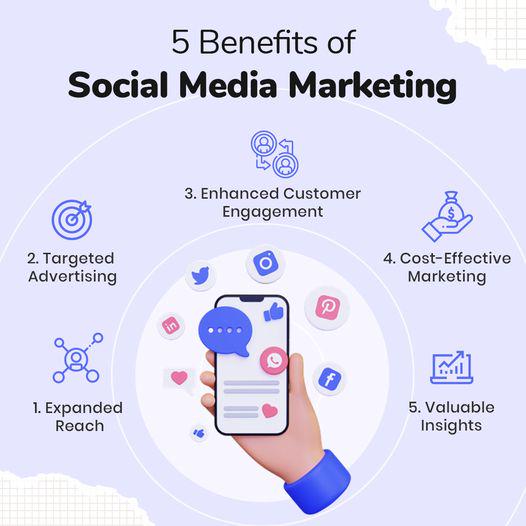
Facebook: With over 2.9 billion monthly active users, Facebook is one of the most widely used platforms. It allows for targeted advertising, community building through pages and groups, and customer engagement via comments, likes, and shares.
Instagram: A visually driven platform, Instagram is particularly powerful for brands looking to showcase their products through high-quality images and videos. Its features like Stories, Reels, and IGTV provide dynamic ways for businesses to connect with their audiences.
Twitter (now X): Known for its fast-paced, concise messaging format, Twitter allows brands to engage in real-time conversations, participate in trending topics, and deliver timely updates. It’s a platform built for thought leadership, customer service, and engaging with current events.
TikTok: A platform that has surged in popularity, especially among younger audiences, TikTok is a short-form video platform. Its algorithm prioritizes engaging and entertaining content, making it a hub for viral marketing campaigns and creative brand storytelling.
LinkedIn: The leading platform for professional networking, LinkedIn is a valuable tool for B2B marketing. It’s a space for sharing industry insights, company news, and thought leadership while connecting with professionals and potential business partners.
YouTube: As the second largest search engine globally, YouTube provides a platform for brands to share long-form content, including tutorials, interviews, and vlogs. Video marketing is a powerful way to build brand authority, educate customers, and create engaging content.
Benefits of Social Media Marketing for Businesses and Individuals

Increased brand visibility: Social media platforms offer businesses the opportunity to present their brand to a large and diverse audience, building brand recognition and awareness.
Cost-effective marketing: Social media offers an affordable way for businesses of all sizes to reach potential customers, often costing less than traditional forms of marketing such as TV or print ads.
Customer engagement: Social media enables direct communication with customers, allowing for timely responses, customer feedback, and the development of brand loyalty.
Targeted advertising: Most platforms offer sophisticated targeting tools, allowing businesses to reach specific demographics, such as age, location, and interests, ensuring their message gets to the right people.
Real-time performance insights: Social media analytics allow businesses to track the effectiveness of their campaigns in real-time. This makes it easy to refine strategies based on what’s working and what’s not.
Networking and collaboration: For individuals, especially entrepreneurs, social media can be a platform to showcase expertise, network with peers, or collaborate with influencers or other businesses to expand their reach.
Difference Between Organic and Paid Social Media Strategies
Organic Social Media: Organic marketing involves posting free content, such as photos, videos, stories, and posts, which are shared with your followers. Growth comes from building an audience naturally over time through engaging, valuable, and shareable content. Organic strategies are ideal for long-term brand loyalty, community building, and customer engagement.
Paid Social Media: Paid social media involves using paid advertising methods, such as sponsored posts, display ads, and targeted ads, to reach a broader audience beyond current followers. Paid strategies are ideal for driving immediate traffic, generating leads quickly, and reaching specific demographics that organic reach might miss. Paid campaigns often deliver faster results but require financial investment.
